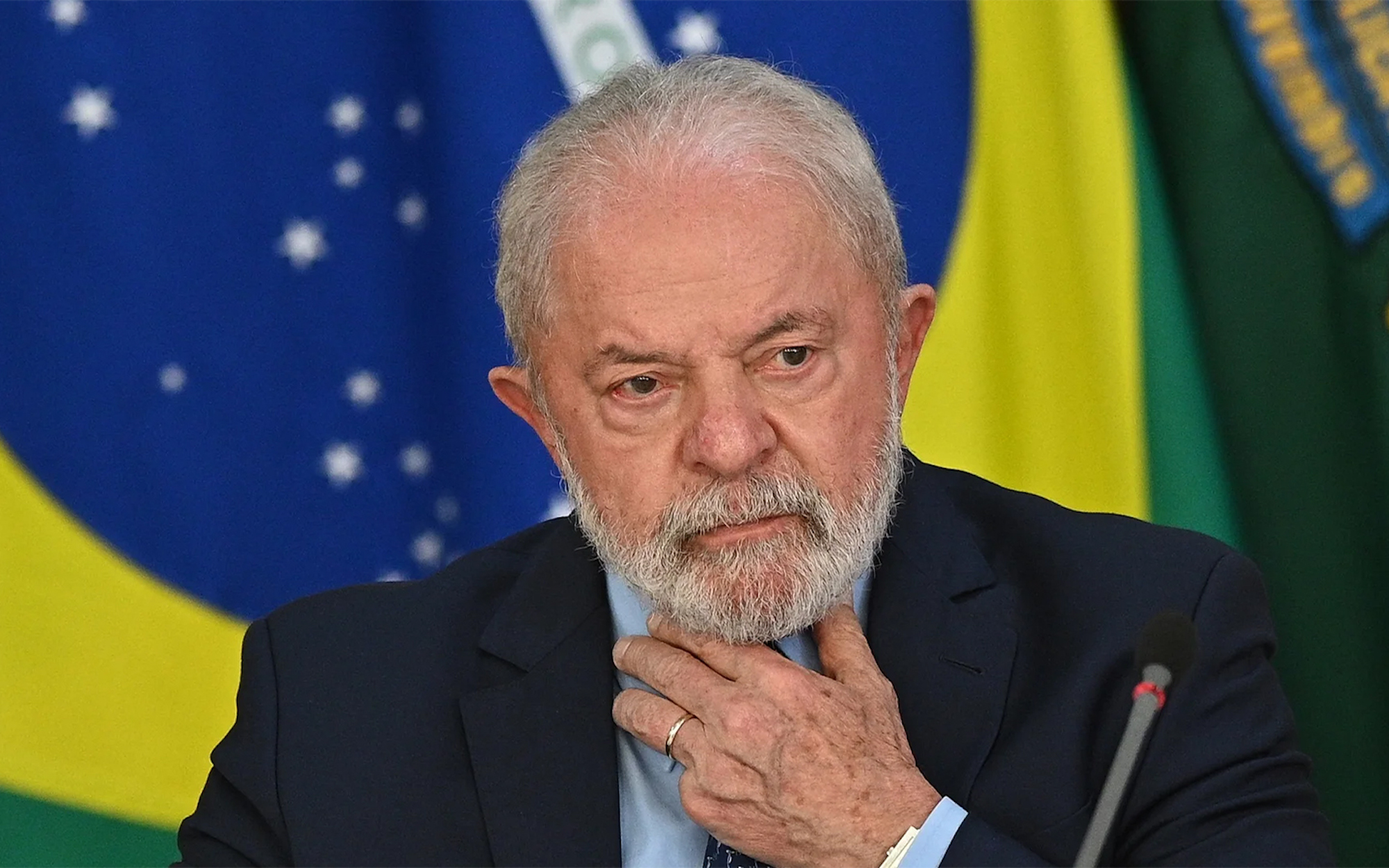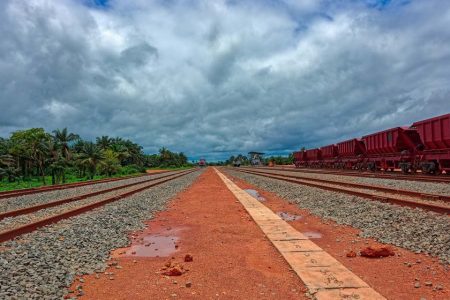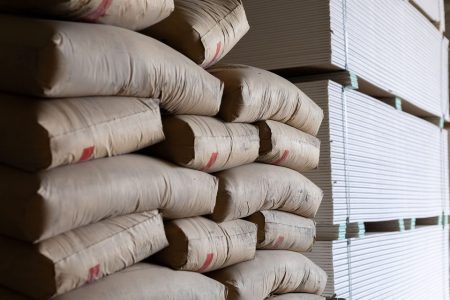Brazilian President Luiz Inacio Lula da Silva will start a six-day official visit to China on 26 March, marking the beginning of a new rapprochement with Beijing that is a significant victory for China’s diplomacy in South America.
The president, popularly known as Lula, will be accompanied by a 240-strong business delegation, more than a third of whom represent the agricultural sector, China’s Global Times reports.
While in Beijing, he is expected to formally sign Brazil onto China’s vast global infrastructure program, the Belt and Road Initiative.
The increasingly warm ties between Brazil and China – coming hard on the heels of Xi Jinping’s warm reception in Moscow – are likely to boost the global clout of the BRICS bloc (Brazil, Russia, India, China, and South Africa).
They are also a major coup for Beijing in its efforts to form the Global South into a coalition of nations that want no part in Sino-US rivalry.
Lula’s visit to Beijing has aroused concern in Washington, which considers itself outmanoeuvred in Latin America. The Brazilian president’s studied neutrality in the Ukraine conflict has also gratified Beijing while displeasing Washington and its allies.
[See more: Here’s what’s at stake in Lula’s visit to Brazil]
China has been Brazil’s largest trading partner for 14 consecutive years and in 2022 bilateral trade volume reached US$171.49 billion – a year-on-year increase of 4.9 percent – the Global Times says.
Many of Brazil’s primary products, from foodstuffs and soybeans to cotton and iron ore, find a huge market in China, with industrial products, such as steel and chemicals, tipped as the next area of growth.
Beijing is also the biggest source of foreign investment in the South American country – the world’s sixth most populous nation.
China has some US$100 billion tied up in Brazilian renewable energy projects and infrastructure, including Latin America’s longest cable-stayed sea bridge and the Paranagua Container Terminal, the second largest facility of its kind in Brazil.
Other investments fall into areas such as machinery, water management, and logistics.






